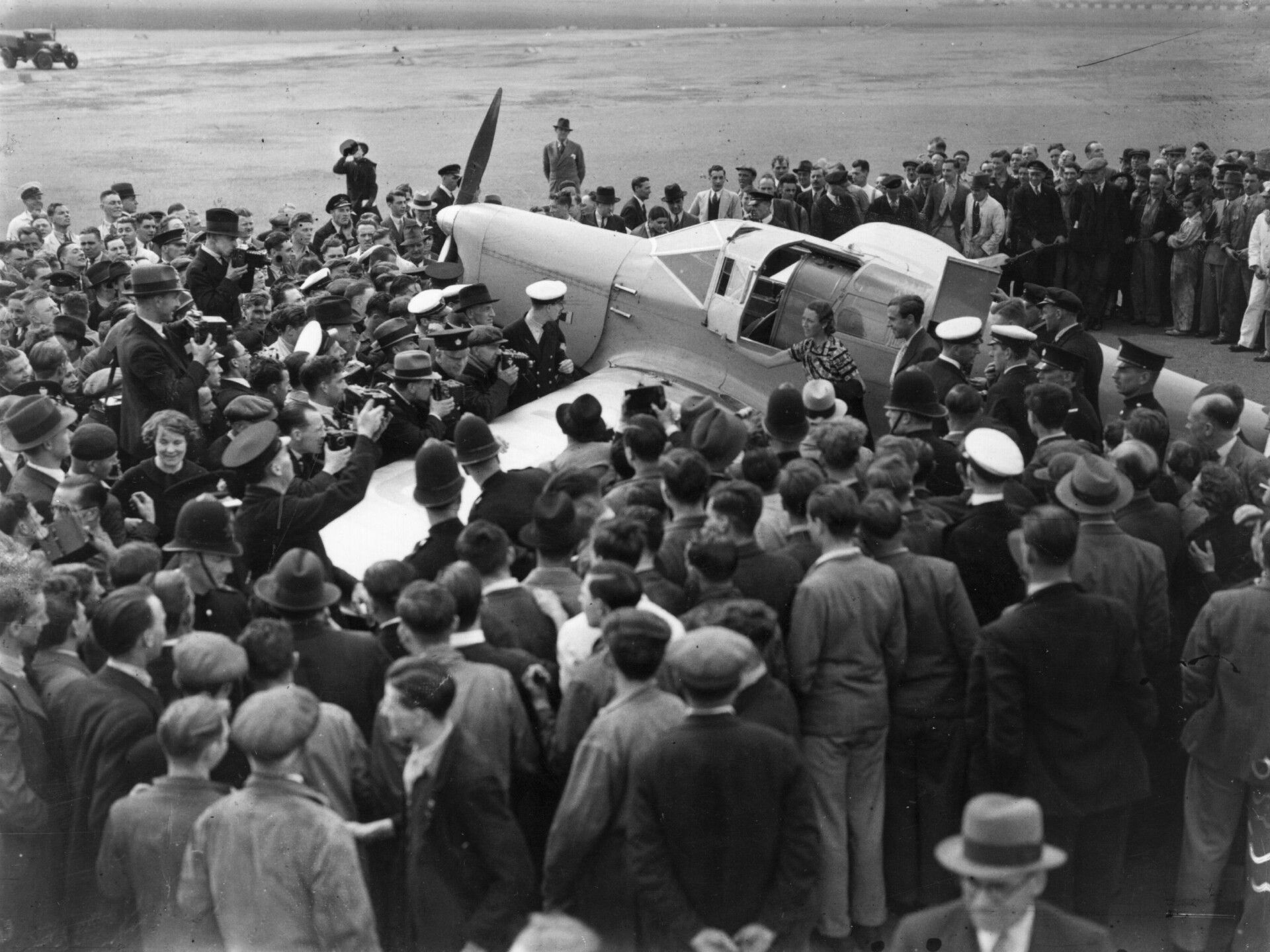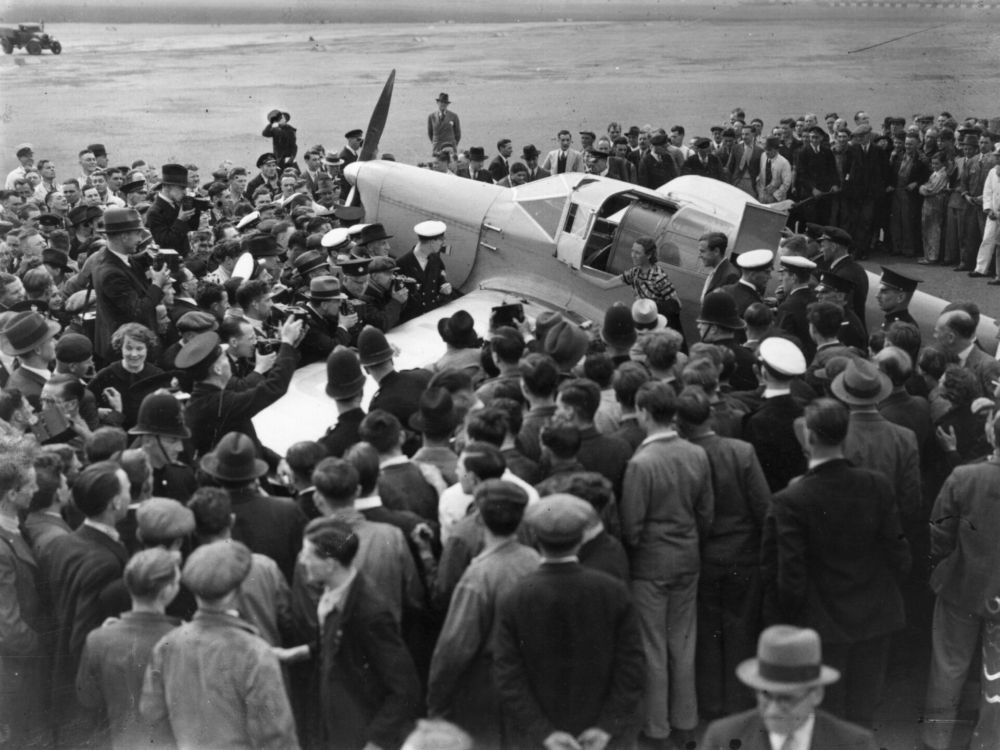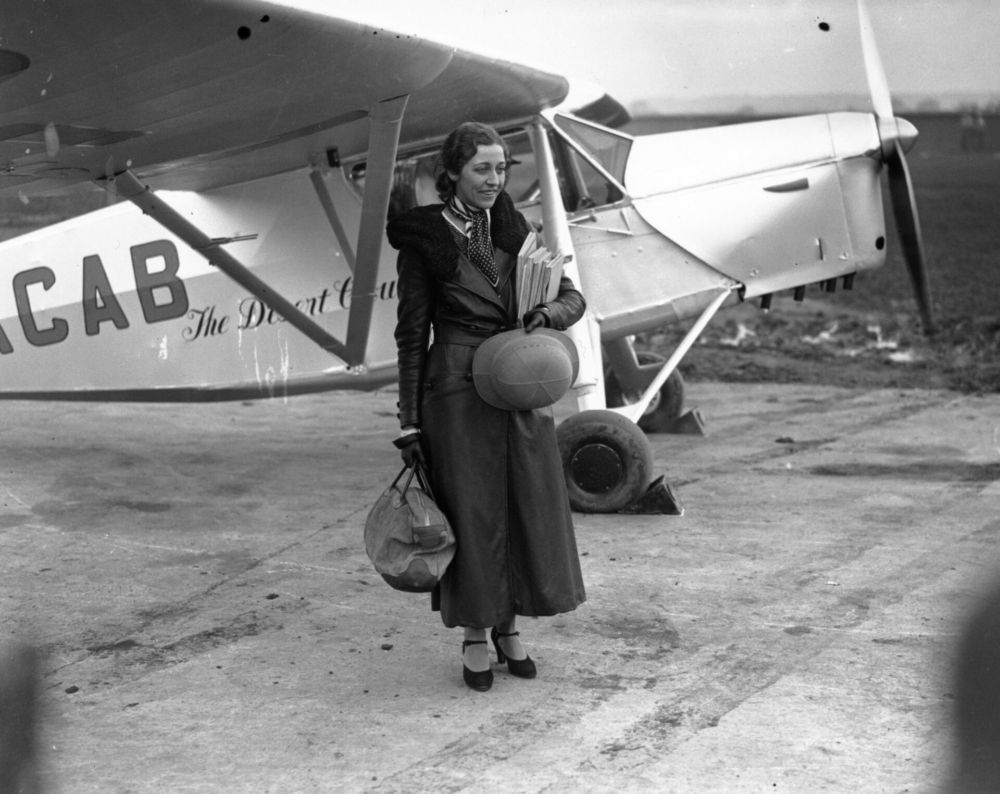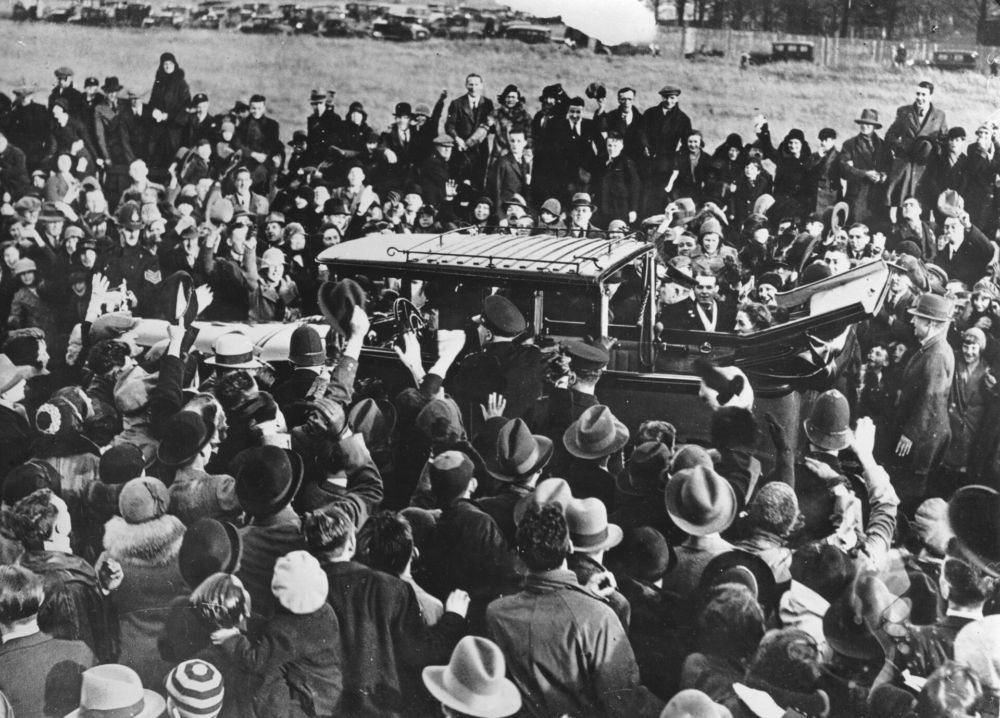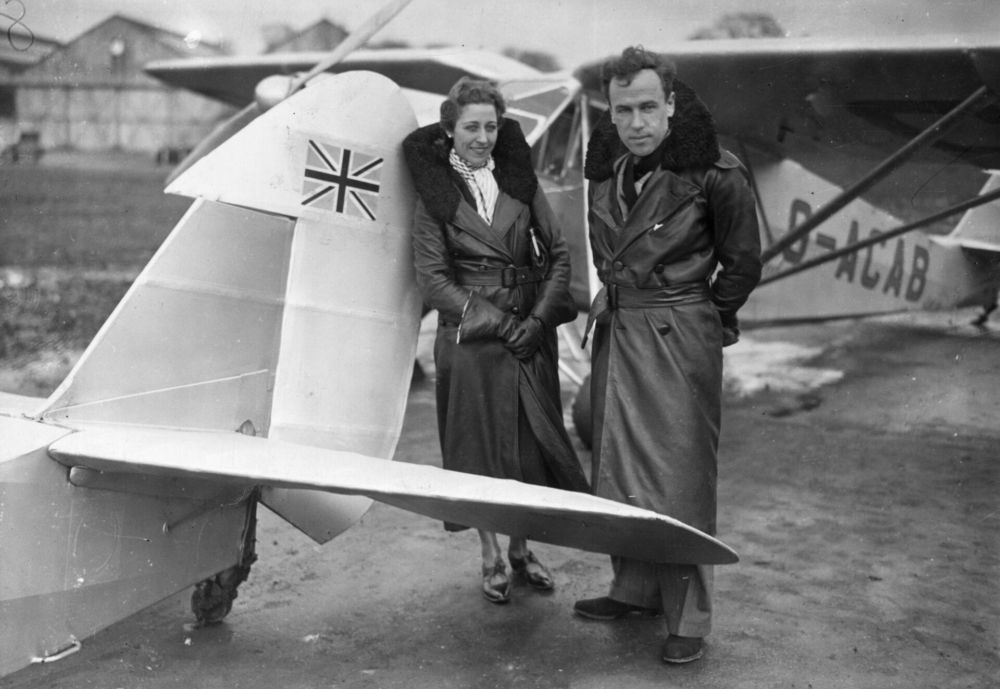At Simple Flying, we’ve covered several transatlantic and transcontinental feats. Yet, there have also been numerous pioneering trips to other regions around the world. One of these groundbreaking achievements was conducted by the United Kingdom’s Amy Johnson in 1930. The aviator became the first woman to fly solo to Australia from London.
From the office to the aircraft
Johnson was born in Kingston upon Hull, in the English country of East Riding of Yorkshire, on July 1st, 1903. Working as a solicitor's secretary, she discovered flying as a hobby in the 1920s and gained an aviator's certificate on January 28th, 1929. She then obtained a pilot's "A" license the following year. Both achievements were made at the London Aeroplane Club before Johnson became the British woman to earn a ground engineer's "C" license.
Johnson turned her attention to beating Bert Hinkler's record of flying to Australia. The Australian aviation pioneer took 16 days to complete the journey. After a series of attempts to raise funds for the trip, Johnson's father and oil magnate Lord Wakefield shared the cost of the equipment needed to head to the Southern Hemisphere.
On May 5th, 1930, Johnson took off from Croydon Airport. She would embark on an 11,000 mi (18,000 km) journey without any ground radio link. Despite a trip to Hull from London being the longest that she had previously flown, the aviator chose the most direct route Down Under.
Overcoming the challenges
The harsh conditions along the way caused some trouble. Nevertheless, she made it to Darwin, Northern Territory, on May 24th.
“Despite a forced landing in a sandstorm in the Iraq desert she reached India in a record six days and the world’s press suddenly started to pay attention. She became the “British Girl Lindbergh”, “Wonderful Miss Johnson” and “The Lone Girl Flyer”. In India she surprised an army garrison by landing on a parade ground and, when she reached Burma (modern-day Myanmar), she faced her biggest challenge: the monsoon,” The Amy Johnson Arts Trust shares.
“Outside Rangoon a bumpy landing ripped a hole in Jason’s wing and damaged its propeller. A local technical institute repaired the wing by unpicking shirts made from aeroplane fabric salvaged from the First World War.
Ultimately, the monsoon caused Johnson to miss her opportunity of beating Hinkler's record. Regardless, she eventually landed in Australia to jubilant spectators. She was a celebrity in the country for the following month and a half.
The Gipsy Moth was damaged after landing in Brisbane six days after Johnson arrived in Australia. The pilot then flew to Sydney with Captain Frank Follett while the aircraft was repaired.
A triumphant return
Following Johnson’s return to England, she received a hero’s welcome and a CBE. Yet, she was not done navigating the skies. The following year, she set a record to Japan from England with Jack Humphreys. Then, in the summer of 1932, she flew solo to Cape Town before setting a record between the two destinations in May 1936.
She also flew alongside her husband Jim Mollison, a Scottish pilot, who she married in 1932. The pair made a nonstop transatlantic trip to the US from Wales in a DH Dragon in 1933. The couple also flew nonstop to India with a de Havilland DH.88 Comet in 1934, breaking a time record.
Following the rise of global tensions during World War II, Johnson joined the Air Transport Auxiliary, where she became First Officer. This group's job was to transport aircraft for the Royal Air Force.
Mysterious passing
On a routine flight of transporting aircraft from their factories to RAF bases on January 5th, 1941, Johnson disappeared after flying off course. Notably, she was the first person in the ATA to die while in service.
There is still plenty of mystery around Johnson’s death. However, in 1999, it was revealed that Tom Mitchell, from Surrey, England, claimed to shoot the pilot’s plane down. It is noted that this friendly fire would have been the result of Johnson not stating the right identification code, which was changed every day. According to History, Johnson twice failed to state the correct code.
On the other hand, historian Alec Gill expressed that Johnson was sucked into the blades of a ship's propellors. Regardless of the cause, Johnson's body was never recovered. However, she is commemorated on the Air Forces Memorial at Runnymede in Surrey.
"Speculation about what exactly happened that afternoon and why she was so far off course has ranged from rumours that she was on a secret mission to the more mundane theory that she got lost and simply ran out of fuel," The Amy Johnson Arts Trust concludes.
"The idea of a secret mission was probably sparked by a statement issued by the Admiralty which mentioned two bodies. Although this was later corrected, other newspapers picked up the idea of Mr X."
Stay informed: Sign up for our daily and weekly aviation news digests.
A national icon
Altogether, Johnson has left a legacy that helped shape the course of aviation and society. Countless songs have been written about her, and she became a symbol of the UK's aviation spirit over the decades. Receiving countless honors and tributes during her life and after her passing, she earned the nickname of the Queen of the Air.
What are your thoughts about Amy Johnson’s pioneering flight to Australia from the United Kingdom? What do you make of her achievements during her career as an aviator over the years? Let us know what you think of the pilot and her story in the comment section.

